What Is 23andMe Raw Data? Covering the Basics
Aira
on
August 21, 2023
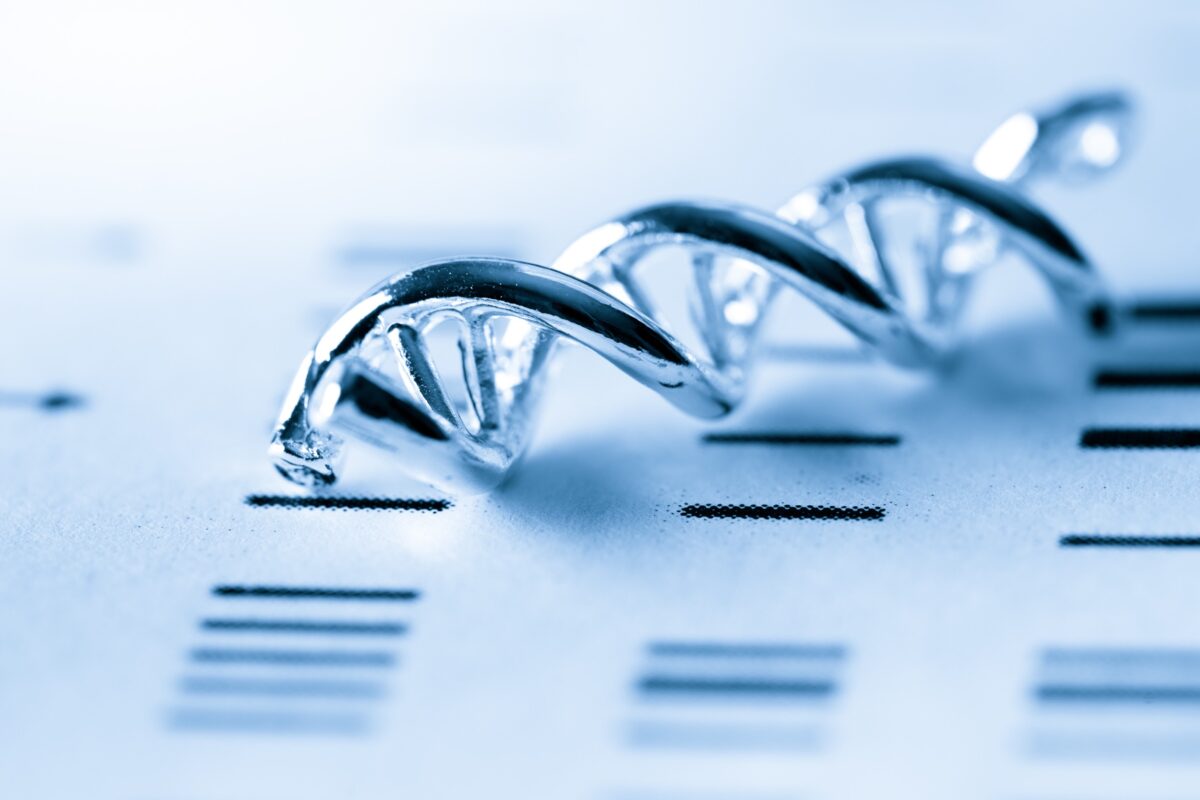
Table of Contents
What Is 23andMe Raw Data? Covering the Basics
Date of Content: August 17, 2023
Written by: Avanthika Nityanand
Medically Reviewed by: Maarit Tiirikainen, PhD
An Overview of 23andMe
23andMe is a direct-to-consumer genetic testing service. When customers receive their genetic test results from 23andMe, they are presented with various reports that interpret specific genetic variants and what they might mean regarding ancestry, health-related predispositions, and other traits. However, behind these interpreted reports is the raw data — comprehensive information representing one’s genome.
Did You Know?
The DNA of any two people is 99.6% identical. Only 0.4% of our DNA varies from one another. Of the total of the 3 billion base pairs in the human DNA, the SNPs account for one fourth (0.1%) of that difference
What Is 23andMe Raw Data? Covering the Basics
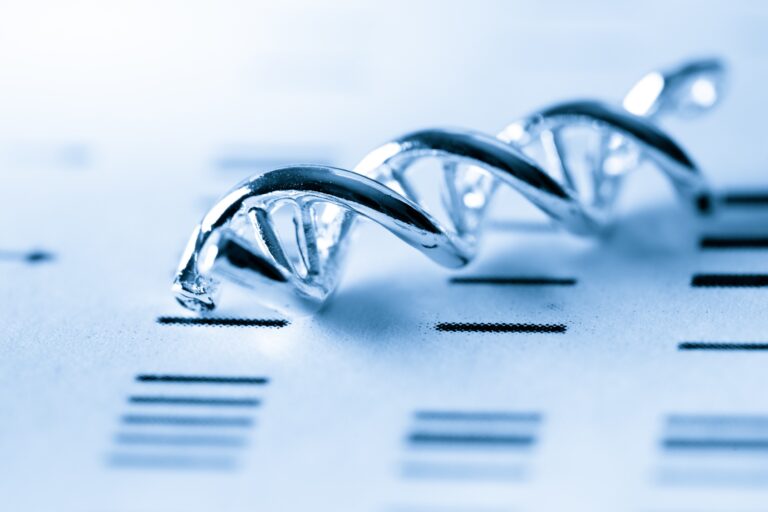
When discussing 23andMe raw data, it is essential to understand its foundational elements. This data is more than just a series of letters on a page; it represents the very fabric of our genetic makeup.
Data Structure
- Textual Format: The raw data, provided in a .txt format, is readable in various text editors. It’s a plain text file, making it compatible across numerous platforms without requiring specialized software. Some companies like LifeDNA accept the 23andme raw data files in the .zip format
- SNP Identification: Each line in the raw data typically consists of a unique identifier for the Single Nucleotide Polymorphism (SNP), the chromosome on which it’s located, its position on that chromosome, and the two alleles observed at that position (one from each parent).
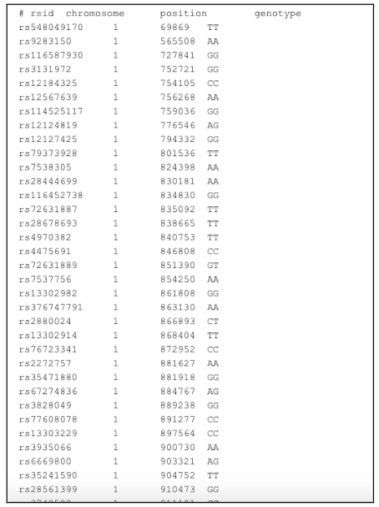
Genetic Alphabet
- Nucleotide Representation: DNA is made up of four nucleotide bases – adenine (A), cytosine (C), guanine (G), and thymine (T). In the raw data, these bases are represented by their letters, indicating the specific base pair present at each SNP location in your genome.
- Diploid Organism: Humans are diploid organisms, meaning we inherit one copy of each chromosome from each parent. Therefore, two nucleotide bases are represented for each SNP, showing the combination inherited.
Volume of Data
- Hundreds of Thousands of Data Points: 23andMe’s genotyping chip tests for hundreds of thousands of SNPs. This extensive coverage means the raw data file contains a wealth of information, although not every single base pair of the human genome is represented.
Non-Coding vs. Coding Regions
- Variety in DNA Regions: While some SNPs fall within genes (coding regions of DNA that produce proteins), many are located in non-coding regions. These non-coding regions, once called “junk DNA,” are now known to play various roles, including regulation of gene expression.
Section Summary
By understanding the basics of 23andMe’s raw data, individuals can better appreciate the depth of genetic information and the potential insights it offers. It’s a comprehensive snapshot of one’s genetic landscape, offering clues about ancestry, health-related predispositions, and more.
What to do with your 23andMe Raw Data?
The raw genetic data from 23andMe is a treasure trove of information beyond the company’s primary ancestry and health reports. Delving into the intricacies of the data can provide deeper insights and open the door to various potential applications.
Here’s how this raw data can be beneficial:
Personalized Health Insights
- Pharmacogenetics: The raw data may contain markers related to how an individual metabolizes certain medications. This can potentially guide personalized medicine, helping to identify which medications may be most effective or pose fewer side effects for a particular individual.
- Nutrigenomics: Information about how genes influence dietary preferences, nutrient absorption, and metabolism can be gleaned from the data. Such insights can guide personalized diet recommendations or highlight potential deficiencies.
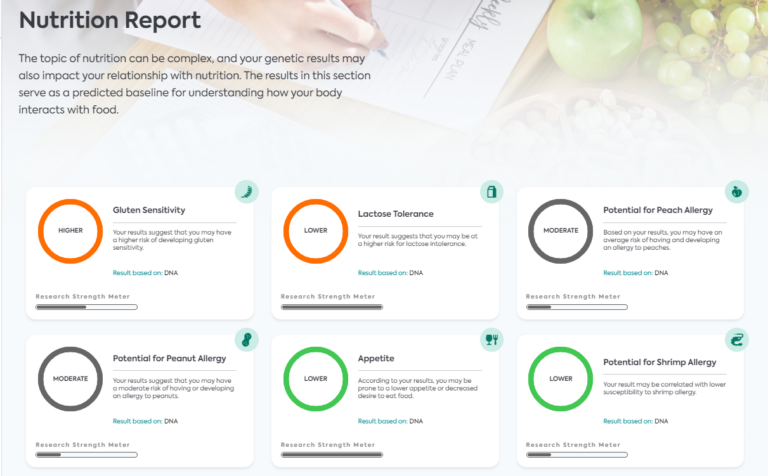
Comprehensive Ancestry Analysis
- Deep Ancestral Roots: By analyzing specific SNPs, individuals can trace back their ancestral lineage further and potentially connect with distant relatives or discover specific ethnic origins not covered in the standard report.
- Migration Patterns: Certain genetic markers can hint at the historical migration patterns of one’s ancestors, painting a more detailed picture of familial history.
Risk Assessment
- Predisposition to Diseases: While 23andMe provides insights into specific health risks, the raw data may contain additional markers linked to other conditions or diseases not covered in their reports.
- Carrier Status: The data can help determine if an individual is a carrier for certain genetic disorders, which can be vital information for family planning.
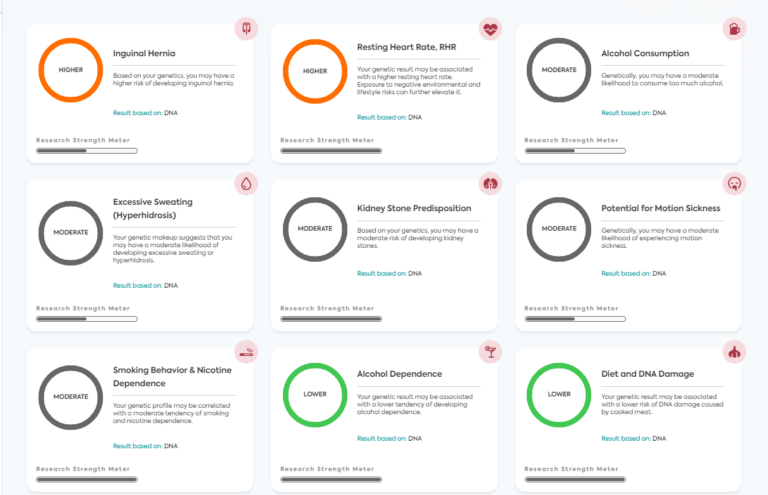
Further Genetic Analysis
- Third-Party Tools: Numerous online platforms and software tools, like LifeDNA, can analyze 23andMe raw data for more specific or different types of information. These platforms can offer detailed health reports, ancestral insights, or even fitness recommendations based on genetics.
- Research Contribution: Some researchers or projects may request raw genetic data contributions to aid in research studies or to develop broader genetic databases. By providing this data (with appropriate privacy measures), individuals can contribute to scientific advancements.
Personal Exploration
- Genetic Curiosity: For those inherently curious about their genetic makeup, the raw data provides an opportunity to explore and learn more about genetics personally.
- Trait Analysis: Beyond health and ancestry, the raw data can offer insights into various genetic traits, from hair color and texture to taste preferences.
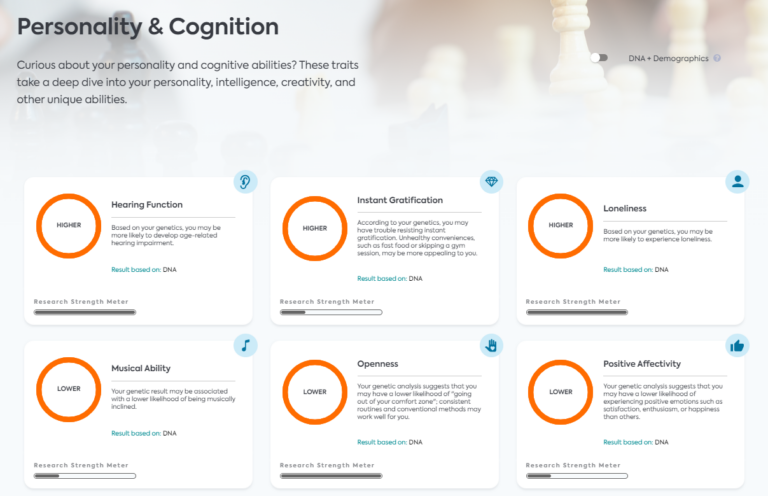
Section Summary
The utility of 23andMe raw data extends well beyond the initial reports provided by the company. With the right tools and knowledge, individuals can unearth vast insights about their health, ancestry, traits, and more, emphasizing the value and potential of personal genetic information.
You may also like: Is 23andMe Accurate?
Access and Privacy
In the age of digital data, privacy, and accessibility are paramount, mainly concerning personal genetic information. Here’s an in-depth look at how access and privacy interplay in the realm of 23andMe raw data:
User Access to Raw Data
- Easy Download: 23andMe allows customers to download their raw genetic data easily. This data file can then be uploaded to third-party platforms or software for further analysis or stored for personal records.
- Data Interpretation: While the raw data consists of seemingly cryptic combinations of letters, interpreting this data brings value. Users need external tools or platforms to make sense of most of this data beyond what 23andMe already provides in its reports.
Data Storage and Security
- Encryption: 23andMe employs robust encryption techniques to safeguard users’ genetic data. This ensures that the data remains unreadable to any potential malicious entity.
- Server Security: The company uses secure servers to store user data. Regular audits and updates ensure that these servers remain protected against breaches.
Data Sharing and Third Parties
- Consent-Based Sharing: 23andMe only shares user data with third parties (for research purposes) if the user has given explicit consent. This often involves de-identifying the data to protect user anonymity.
- Third-Party Platforms: Users should be cautious when uploading their raw data to external platforms for further analysis. Ensuring these platforms have secure data handling practices and transparent privacy policies is essential.
Note: You are in complete control of your raw data. Please read the third party’s detailed privacy policy before using their service.
At LifeDNA, your privacy is our highest priority.
Watch Video
Customer Reviews




Right to Data Deletion
- User Control: If at any point users decide they no longer want their data stored with 23andMe, they have the right to request the company delete their information. This extends to the raw genetic data and the user’s account information.
Privacy Concerns
- Data Misuse: There’s always a risk associated with storing personal data online, even with the best security practices. Users should be aware of the potential implications, such as insurance discrimination based on genetic data (though protections exist in many jurisdictions).
- Anonymity Challenges: Even if data is de-identified, recent research has shown that individuals can be re-identified with enough genetic data. This underscores the importance of cautious data sharing and robust privacy measures.
Section Summary
While 23andMe provides a valuable service in allowing individuals access to their genetic data, users must remain proactive in understanding and managing the privacy implications. Ensuring data safety, especially in third-party hands, and staying updated on privacy rights and potential risks are critical in the age of genomics.
AncestryDNA vs. 23andMe Raw Data: Highlighting the Differences
Below is a table highlighting some of the differences between 23andMe and AncestryDNA in terms of their raw data:
Feature | 23andMe | AncestryDNA |
Number of SNPs Tested | ~650,000 | ~700,000 |
Health Reports | Available (in Health + Ancestry package) | Discontinued. Mainly ancestry. |
Ancestry Reports | Yes | Yes |
Chromosome Browsing | Yes | No |
Downloadable Raw Data | Yes | Yes |
Compatible with Third-party Tools | Yes | Yes |
Y-Chromosome and Mitochondrial Haplogroups | Available (in Health + Ancestry package) | No |
Neanderthal Ancestry | Available (in Health + Ancestry package) | No |
Relative/Family Finder | Yes | Yes |
Data Privacy Options | Can choose to share or not share data with researchers | Can choose to share or not share data with researchers |
Geographic Regions Covered for Ancestry Reports | Over 2,000 regions | Over 1,000 regions |
*Please visit the respective websites for the most up-to-date information on their services.
Summary
- 23andMe provides DNA testing services, offering insights into ancestry, health predispositions, and more.
- Raw data from 23andMe comprises a long SNP (Single Nucleotide Polymorphisms) data list.
- 23andMe’s raw data can be used with third-party tools and services for deeper analysis.
- By analyzing this data, users can gain insights into genetic predispositions, potential health risks, and ancestry that might not be covered in the default 23andMe reports.
- Users should be cautious and consult professionals before making major health decisions based on third-party interpretations.
- Users can download their raw data from the 23andMe platform.
- 23andMe uses robust security measures to protect user data, but downloading and sharing this data with other platforms might expose it to risks.
References
- https://www.ncbi.nlm.nih.gov/pmc/articles/PMC5653378/
- https://journals.plos.org/plosgenetics/article?id=10.1371/journal.pgen.1008624
- https://pubmed.ncbi.nlm.nih.gov/16567153/
*Understanding your genetics can offer valuable insights into your well-being, but it is not deterministic. Your traits can be influenced by the complex interplay involving nature, lifestyle, family history, and others.
Our reports have not been evaluated by the Food and Drug Administration. The contents on our website and our reports are for informational purposes only, and are not intended to diagnose any medical condition, replace the advice of a healthcare professional, or provide any medical advice, diagnosis, or treatment. Consult with a healthcare professional before making any major lifestyle changes or if you have any other concerns about your results. The testimonials featured may have used more than one LifeDNA or LifeDNA vendors’ product or reports.
- Category: Your Existing DNA Test Results



